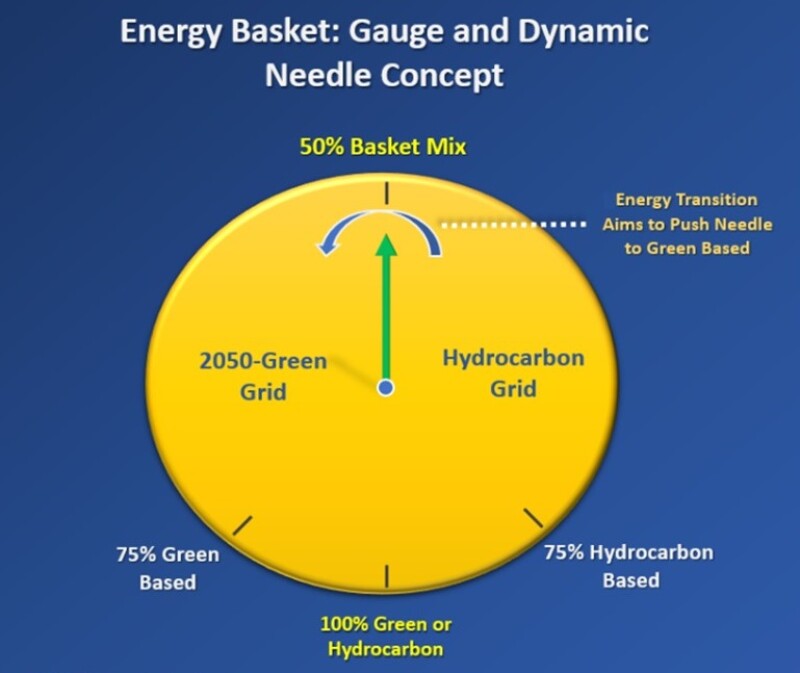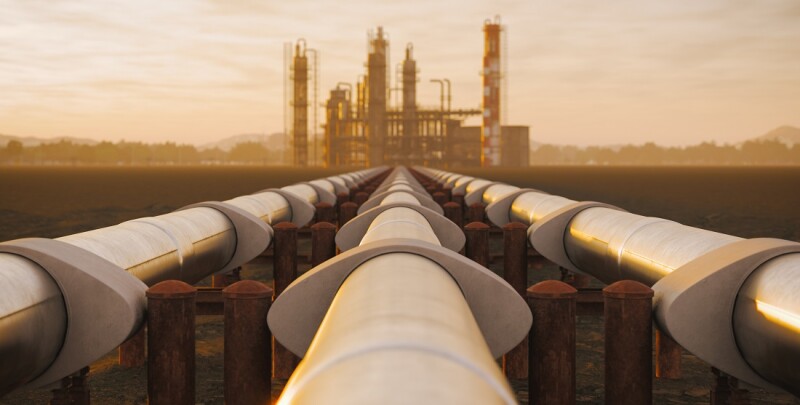The Russian/Ukrainian conflict has shown that a division between energy-transition rhetoric and reality can lead to profound global consequences by creating an imbalance in nations’ access to diverse flows of energy. Russia weaponizing hydrocarbons, as a function of this conflict, is a case in point.
This shock, however, could have been more consequential—by orders of magnitude—had there been a push to phase out natural gas (as multiple nations attempted to do with coal at the 2021 United Nations Climate Change Conference). How so? Had European nations pressed for the phasing out of natural gas, coupled with dismantling natural gas infrastructure (as seen with coal), the ability to import liquefied natural gas (LNG) would have been disabled. Nations, such as the US, ramping up LNG imports to help Europe meet its energy demands would have been futile.
This is a stark reminder to maintain parallel redundancy (through fossil fuel interconnectedness) for renewables. That way, the trap of prematurely dismantling existing grids to install 100% renewable grids (scaled for millions) is bypassed.
Taken one step further, how would Europe have fared if coal had been entirely phased out in conjunction with natural gas? The signatories of the Paris Agreement equally face a divide as multiple European nations return to coal use to absorb the Russian shock, despite coal being the most intensive CO2-emitting fossil fuel.
An Energy Tool for the 22nd Century
The Energy Basket—developed and coined by the author—also serves as a national security tool and is intentionally acceptant of different forms of energy, thus foregoing an us-versus-them philosophy in terms of pinning renewables against fossil fuels. Notably, the basket’s (real-time) composition is determined by the demands and fluidity of the grid, as opposed to high-minded rhetoric. This energy tool is akin to a moving needle within a gauge (Fig. 1) in that it can go from a mix of hydrocarbon and renewables (the gauge’s midpoint) to solely renewables, for example. As we are now seeing in Europe, failing to account for this dynamism can leave the needle in a placement that does not meet real-time demands.

Moreover, diversifying the energy mix of nations while protecting a grid’s baseload (and retaining fossil fuel interconnectedness) are core pillars of the energy basket because that sustains a nation’s energy demands, especially during shocks to a grid. Instructively, to protect the baseload is to safeguard human life, but this requires access to energy as required, and when required, from the grid. Perhaps one day the world moves to 100% renewables; however, an entirely renewable grid, scaled for millions, has not been constructed by any of the signatories of the Paris Agreement of 2015.
Should the ongoing conflict persist as Europe approaches its colder months, the war will enter a new front that has yet to be seen in terms of securing fossil fuels. To remind, the conflict began—this year—as spring was approaching. Critically, Nord Stream 2 has been disabled while Nord Stream 1’s natural gas flow has been hampered. As a result, the IEA has concernedly expressed that “Europe needs … to reduce the risk of major gas shortages and rationing, especially during the coming winter when its most-vulnerable citizens can least afford to go without it.” This call can be expected to amplify once winter sets in, especially if the weather is colder than anticipated. Importantly, LNG imports to Europe will be insufficient if they are unable to keep up with Europe’s demands. Recent history, not rhetoric, has demonstrated that fatalities can arise when a grid is shocked. The polar vortex, which led to fatalities in the US, shows what can happen when millions are affected when energy is not secured and the baseload is shocked. Nevertheless, European winters can be expected to be harsher than those in Texas; consequently, energy security will be pivotal in the coming months.
The Shift to Energy Survivability
A year before the Ukrainian/Russian conflict, US Defense Secretary Lloyd James Austin III declared that climate change is an existential threat to America and expressed that “no nation can find lasting security without addressing the climate crisis.” By this logic, the world faces dual security threats. On one hand, colder-climate nations can be expected to scramble to secure reliable energy supplies for energy survivability, which will increase emissions in the near term. On the other hand, the CO2 emitted from such energy consumption affects the global push to curb emissions to offset the world tipping (in the long term) over the 1.5 Celsius mark that can cause profound damage to the biosphere as noted by the International Panel on Climate Change’s global warming report (with 2050 being a key year). It is key to note that Austin added that “the climate crisis … [makes it] difficult for us to carry out our mission of defending [the US] and our allies.” However, America’s allies presently face the conundrum of accessing secure energy supplies, instead of curbing emissions, as reflected by LNG exports from the US to foreign nations and Europe resuming coal consumption. It may be the case that the Russian/Ukrainian conflict subsides, but, if this does not happen, Europe will have to shift from concentrating on energy security to increasing its focus on energy survivability. Thus, it is not surprising that Finland is preparing for rolling power cuts.


